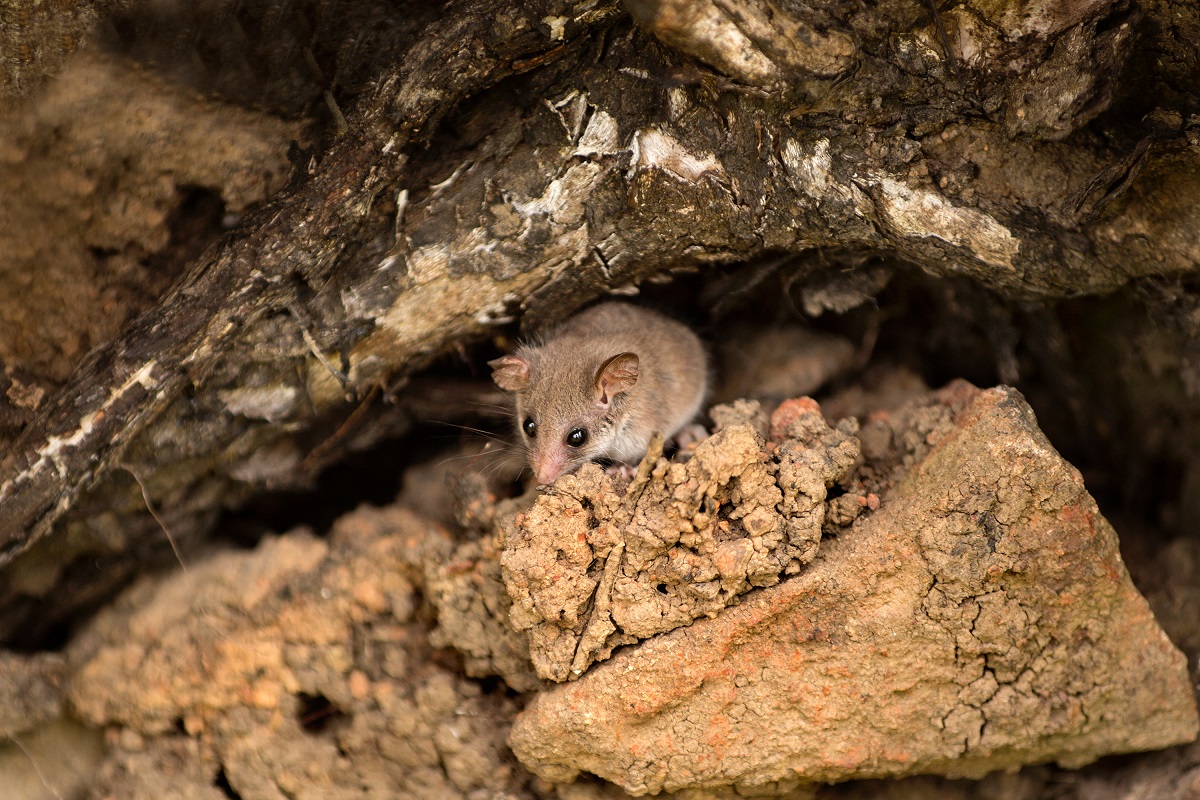Over eight in 10 of Australia’s nationally-listed threatened species are in danger of extinction due to invasive species, warned a new report by CSIRO.
As more than 70 per cent of Australia’s native animals are found only in Australia, the loss of these animals would mean a loss for the world.
The report outlines two possible futures for Australian biodiversity, one in which we continue on the same path and risk losing our endangered species forever and another where we implement targeted actions in an attempt to salvage our native flora and fauna.
Dr. Andy Sheppard, co-author of the report and CSIRO scientist, said while Australian’s may be aware of the damage caused by the recent mouse plagues across the country, they had no idea of the magnitude of the invasive species issue.
“Urgent, decisive, coordinated action is crucial to stopping the spread of invasive species and to protect our extraordinary, irreplaceable native animals and plants, and Australia has a great track record in this space.”
The report conservatively places the cost of damage caused by invasive species in Australia at around $25 billion each year and growing.
Sheppard said smarter decisions and interventions were needed to ensure resources were invested where they were most effective.
“Prevention will be much cheaper and more effective than trying to control the spread of pests and weeds once they are established. We need to safely harness emerging technologies, revitalise our biosecurity research and innovation (R&I) system and continue to invest in long term, strategic research and development.”
Invasive animals aren’t the only threat, with Australia now recording more than 2,700 established weed species, which grows by 20 each year, causing havoc to farmlands, forests, and savannas.
Andreas Glanzig, co-author and Centre for Invasive Species Solutions (CISS) Chief Executive, said Australian’s need to work together to stop the problem from getting worse.
“Together we can work to drive down Australia’s native species extinction rate – currently over four species a decade- towards net zero extinctions. From suburban backyards to science labs, everyone can play a role in pest and weed prevention and control.
“The technology exists to establish a national, coordinated community surveillance network, making it possible for everyone to get involved, to help find new invaders early before they can become a problem.”

